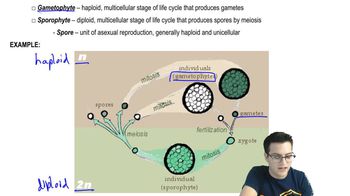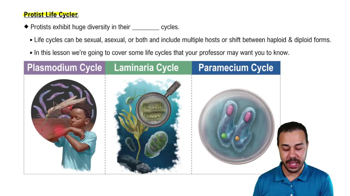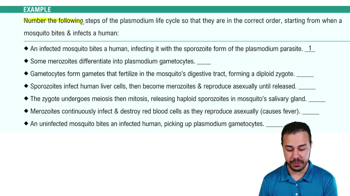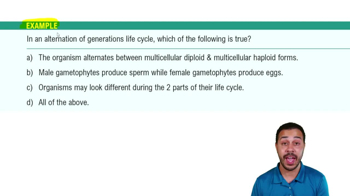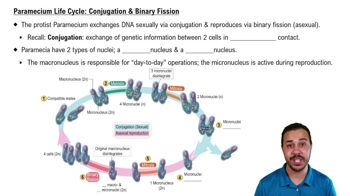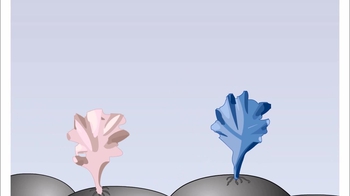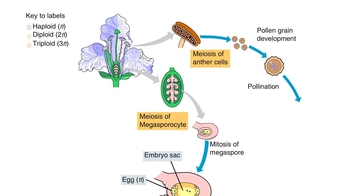Not all eukaryotes undergo an alternation of generations. Some have life cycles that are either dominated by a diploid or haploid phase. In the haploid dominant life cycle, what we'll see is that the zygote is the only part of the life cycle that is diploid. The zygote is going to form from the fusion of gametes like normal, and then it's going to undergo meiosis and reform haploid cells. These life cycles can be experienced by unicellular organisms or multicellular organisms. That's what's meant by "individuals or more cells". Now, these haploid cells will reproduce asexually through mitosis and cell division, and they can also form gametes through mitosis. Again, those gametes will fuse to form the zygote, and then the zygote will undergo meiosis. So, basically, the dominant part of the life cycle of these organisms is haploid.
In a diploid dominant life cycle, which is what humans have, the only haploid cells are the gametes. These are going to be formed by some type of mature cell that's going to undergo meiosis, like sperm and egg formation. Gametes are the only haploid part of this organism's life cycle, and they will fuse together to form a zygote, and then the individual, which is all going to be diploid. The difference between these two life cycles is that in the haploid dominant life cycle, it's the zygote itself that's going to undergo meiosis to produce the haploid cells. They are not actually the gametes, but the point is the zygote undergoes meiosis directly. Whereas in a diploid dominant life cycle, the zygote will undergo mitosis to form the organism, and then certain mature cells in that organism will be the ones that undergo meiosis to form gametes. So the zygote does not undergo meiosis. With that, let's conclude this video.

